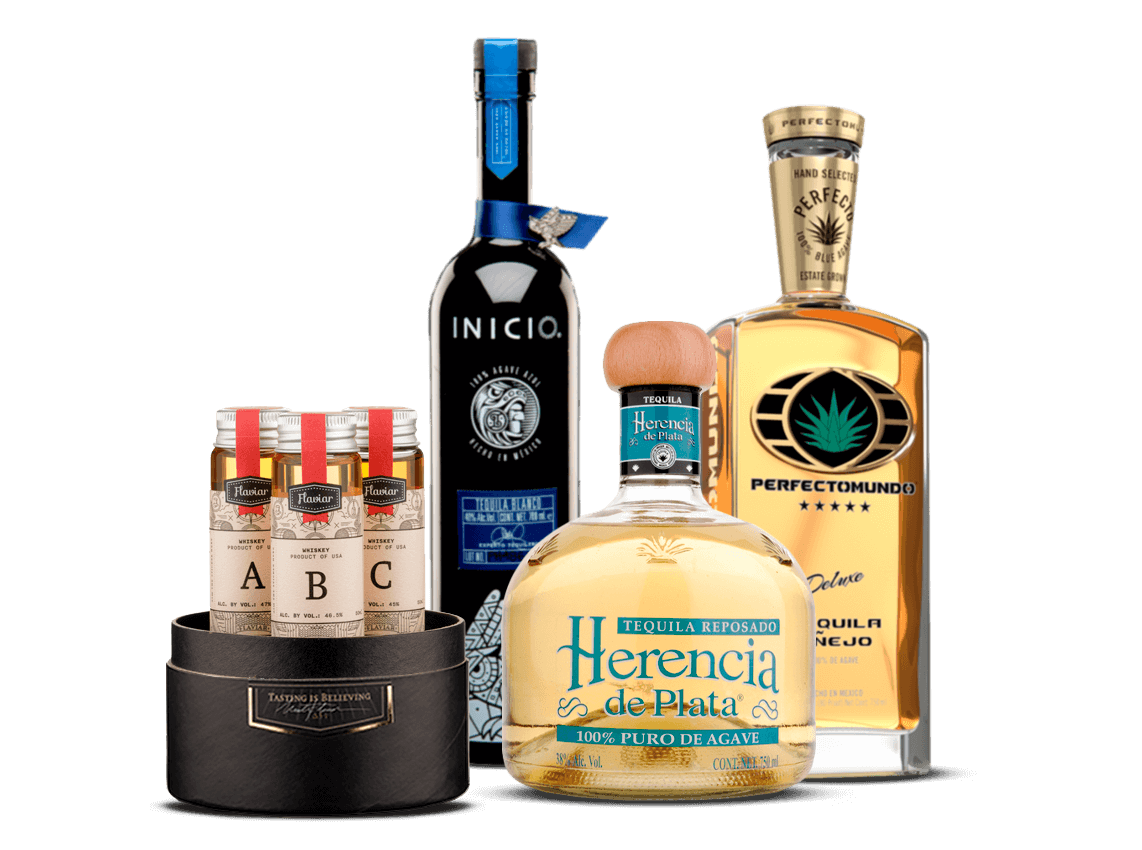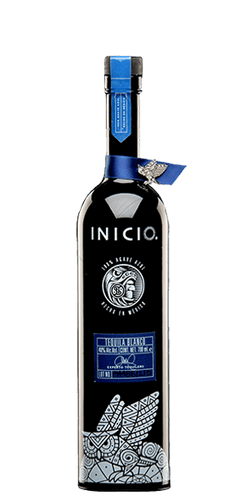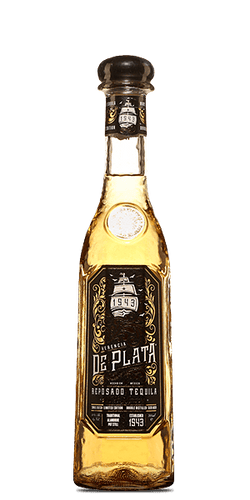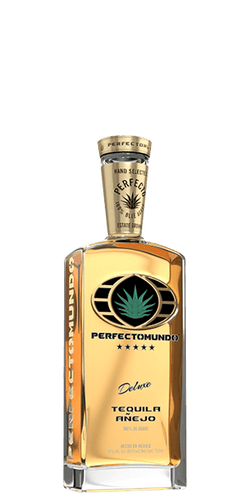

Senor, Tequila Por Favor Vol.2
 Only left •Last few at this price. Grab it now!
Only left •Last few at this price. Grab it now!
Flaviar Black Membership (£40/year) will be added, unlocking reduced prices on select products and other perks.
Flaviar Black Members have exclusive access to hundreds of specially priced bottles. Sure you don’t want it?
- CategoryTequila & Mezcal
- Volume 3 x 45ml
Ay, Tequila. No doubt you’ve got a story about it. What’s that you say? It involves three quick shots at a party and some underwear on your head? Ah, but see, that is not the true nature of Tequila. What we speak of is a nuanced, elegant affair with a mystical history that requires careful craft to produce and can be aged to perfection. Blanco, reposado, añejo… what does it all mean? Pull up a stool, amigo. Because when it comes to Tequila, we’ve got quite a different story to tell.
5) Tequila: it’ll cure what ails you. At least that’s what doctors in Mexico told their patients during a flu epidemic in 1918. They swore by a combo of Tequila, lime and salt as an effective remedy.
6) Instead of the typical Margarita, do as the distillers in Jalisco and follow up your Tequila with a “sangrita” (little blood) chaser made from tomato, orange juice and chili powder. It’s the breakfast of champions.
7) Speaking of margaritas, according the Guinness World Records, the largest glass of margarita was created by Margaritaville in 2011 to commemorate the opening of their Las Vegas location. The libation clocked in at a whopping 8,500 gallons and used 2,282.18 gallons of Tequila.
8) In one rare case, Tequila was used to fuel a car. Jay Leno owns a 1964 Chrysler with a turbine engine that can run on anything flammable—including Tequila. Just hold the salt.
This product is available in:
Note: Once an order has been safely & successfully delivered, we do not accept returns due to change of heart or taste. Due to state regulations, we cannot accept the return of alcohol purchased by a customer in error.
What’s in the box?






























